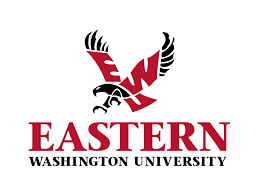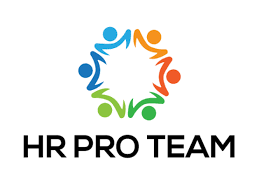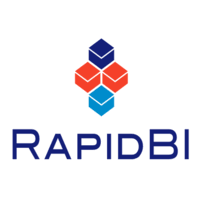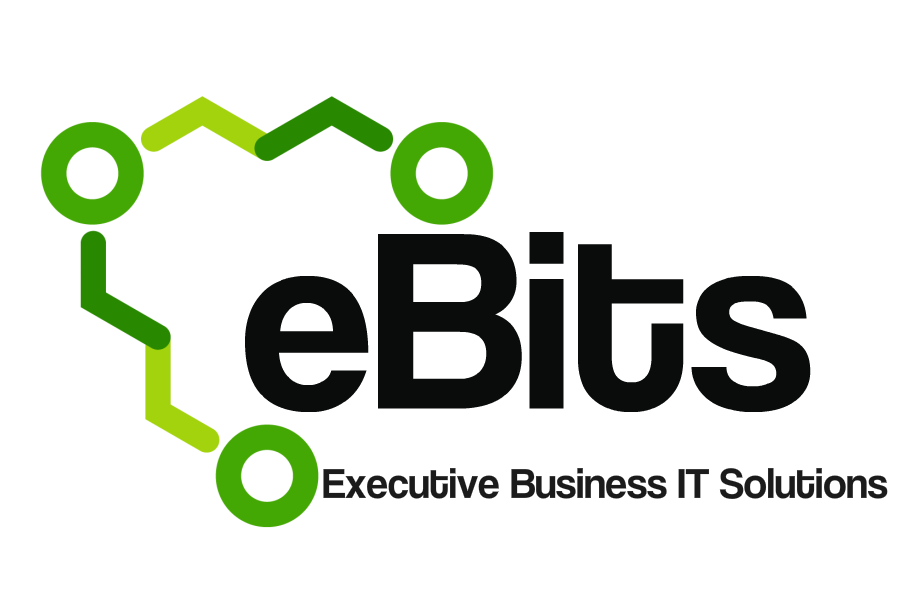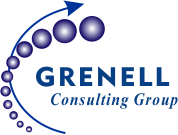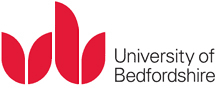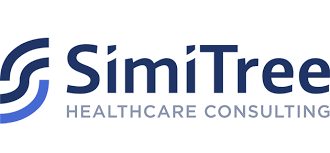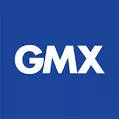Built For Every Single-Day Recruitment Training Course.
Craft your unique training course on a foundation of our training course material that’s built to deliver, right out of the box. Just pick the content that reflects your brand, then make it your own.
This recruitment training for managers training course material is suitable for a variety of audiences, but particularly for managers who need to regularly engage and direct recruitment initiatives, such as senior leaders and human resource management teams.
Trusted By Leading Brands.
Learning Objectives.
Your participants will:
- Understand the importance of recruitment training for managers.
- Explore the outcomes of a selection decision.
- Understand the main biases that can occur during the selection process.
- Examine an effective recruitment process.
- Understand different types of interview questions.
- Understand the applications of psychometric testing within the recruitment process.
- Explore how to measure the recruitment process.
Topics Covered.
1. Introduction
- Six biases during selection.
- Expectancy.
- Primacy.
- Information seeking.
- Contrast or quota.
- Horns/Halo effects.
- Stereotyping.
2. The Four Outcomes Of The Selection Decision The possible outcomes of a selection decision.
- Accept good performers.
- Reject poor performers.
- Accept poor performers.
- Reject good performers.
3. The Three Main Functions Of The Recruitment And Selection Process This section discusses.
- The function of a recruitment and selection process.
- The primary purpose of a recruitment and selection process.
- Deterring unsuitable candidates from applying.
- Creating a positive image of the organization.
4. A Simple Eight-Step Recruitment Process
- Job analysis.
- How to source candidates.
- The recruitment interview.
- Different types of interview questions.
- Identifying skills.
- Psychometric testing.
- Reference checking.
- Making an offer.
5. The Advantages And Disadvantages Of A Recruitment Interview Advantages
- Quick and relatively easy to perform.
- Perceived by the candidate as a natural part of the recruitment process.
- Allows the organization to get to know a candidate.
- Enable the candidate to find out more about the organization.
Disadvantages
- Open to errors.
- Challenging for the interviewer to discriminate between relevant and irrelevant information.
- Different conclusions are dependent on the type of interview conducted.
- Early impressions can negatively and inappropriately influence the interviewer’s judgment.
6. The Three Main Functions Of The Recruitment Interview
- The role of mutual preview.
- Assessment.
- The role of negotiation.
7. The Six Main Interview Questions The main types of questions that can be used in interviews.
- Direct or closed.
- Leading.
- Topic-changing.
- Probing and developing.
- Open-ended.
- Reflecting.
8. How To Measure Recruitment And Selection
- Hit rate.
- Hire ratio.
- Quality of hire.
- Interview time.
- Source cost-per-hire ratios.
- Interviewing cost.
- Recruiter effectiveness.
- Source cost per hire per interview.
What You Get:
- Slide Deck (88 slides)
- Course Workbook (57 pages)
- Training Games
- Icebreakers
- Activities And Exercises
- Training Guides
- Reading Lists
- Assessment Tools
- Marketing Materials
- Action Plans








